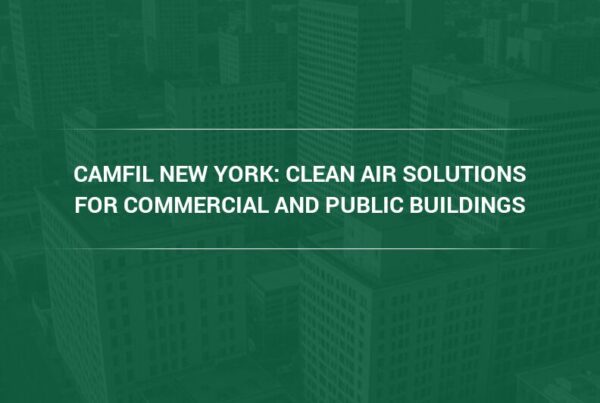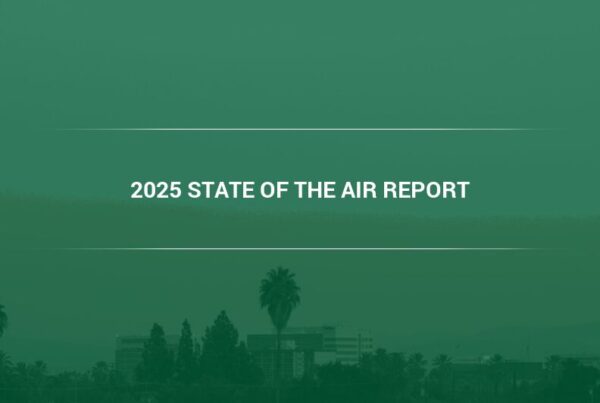Though every country in the world deals with air pollution to some extent, the problem of air pollution is far worse in developing countries. Developing countries have challenges that developed countries don’t, such as rapid and unregulated economic expansion, and as a result, their pollution problems are worse. Developing countries struggling with air pollution must determine a way to reduce the amount of air pollution they emit, yet still, allow their economies to grow. How can developing nations reduce the amount of air pollution they release?
Health Hazards of Air Pollution in Developing Countries
The health hazards of air pollution in developing countries include the development of cardiovascular diseases and the problem is widespread. Recent studies done by the World Health Organization in 2016 found that approximately 98% of cities in middle to low-income countries have air quality that doesn’t meet the recognized WHO standards. While cities such as Zabel in Iran and Onitsha in India struggle with the worst air pollution, both China and India have multiple cities within the top 30 cities with the worst air quality.
Both India and China are seeing periods of rapid expansion, and much of this expansion releases toxic air pollutants that can harm people’s health and lifestyles. The high levels of air pollution are thought to cause millions of deaths every year in these countries, and millions for hospitalizations and missed workdays. Citizens in these developing nations face a high risk of heart disease, lung cancer, asthma, and stroke when compared with their counterparts citizens in developed nations.
“Much of the harm done by air pollution comes from particulate pollution. Particulate matter pollution refers to tiny particles less than 2 µm across, which are so small that the particles can easily penetrate the bloodstream and lungs and even work their way up to the brain,” says Kevin Wood, Vice President Sales & Marketing at Camfil USA air filtration. “Being exposed to high concentrations of particulate pollution can cause a variety of cardiovascular conditions, as well as the exacerbation of pre-existing conditions like asthma.” (1)
Volatile organic compounds (VOCs) are chemical compounds that can harm people’s health. These compounds can be dangerous by themselves, but they can also react in the presence of heat and sunlight to create ground-level ozone or smog. This smog contributes to the greenhouse effect and breathing in ground-level ozone is thought to trigger inflammation of the airways, creating and exacerbating conditions like emphysema, bronchitis, and asthma.
Why Developing Countries Struggle with Air Pollution
One of the primary reasons why developing countries struggle with air pollution more than developing nations is that developing nations struggle with challenges that developed nations have already solved. Developing nations must often make difficult choices between the level of pollutants they release and the growth of their economies.
“Developing nations are less likely to invest in cleaner sources of energy because these renewable resources tend to be more expensive to procure than cheap and readily available fossil fuels like coal,” says Camfil’s says Kevin Wood. “Coal is often regarded as the dirtiest fossil fuel of them all, but it also provides cheap energy that powers developing infrastructure. Infrastructure in developing countries is frequently expanding so rapidly that cleaner and more efficient forms of energy cannot be practically installed.” (2)
By contrast, the populace of developed nations already has most of their base needs to be accounted for, so developed nations are more willing to invest in alternative and clean forms of energy.
There’s pressure on developing nations to grow their economies and remain competitive with the already developed nations of the world, which further encourages governments in developing nations to invest in dirty but cheap fuel. Once a nation is sufficiently industrialized, it can begin pursuing alternative forms of energy, but this process of industrialization itself requires massive amounts of energy, creating a spiral of expansion and pollution that is difficult to escape.
“It is projected that over the next decade most of the growth that will occur in developed countries will happen in urban areas within the poorest countries of the world, with many of the countries located in Asia,” says Wood. “These rapidly expanding urban centers will be major sources of pollution, and consequently efforts to combat emissions will require that these rapidly growing areas find some way to keep growing despite lowering their overall emissions.” (3)
It should also be noted that the effect of pollution developed in these countries is not limited to those countries. Prevailing winds and climate events can carry these pollutants thousands of miles to other parts of the world. California and even Alaska are showing the effects of pollutants generated in China. The problems associated herein are a global concern.
Helping Developing Countries Struggling with Air Pollution
Helping developing countries struggling with air pollution is critical to the health of the people in those countries. Combating air pollution in developing countries will require the creation of air quality standards and expanding industries will be forced to comply. It will also necessitate the creation of various technologies to support these standards such as cleaner transportation and cleaner methods of energy production. These things are difficult for developing nations to accomplish precisely because they are still growing, so support from developed nations is crucial.
Developing nations should make the implementation of pollution reduction technology a priority, such as switching to cleaner fuels, investing in scrubbers and waste management, and creating communal transit options. Developed nations can help create these technologies in developing countries, jump-starting the process and leading to earlier environmental protection efforts.
A counterintuitive truth about investing in cleaner forms of energy is that it ends up saving economies more money in the long run. This is because air pollution is a primary cause of diseases and death, which require that a population spend a large amount of its income dealing with preventable health issues. As health costs from diseases related to air pollution are reduced, both life expectancy of workers as well as the productivity grows, further contributing to the economy.
“The link between environmental damage and economic development is referred to as the Environmental Kuznets Curve, which states that the quality of the environment typically worsens during the initial growth of an economy but then levels out and eventually begins to improve with time,” explains Wood. “Overcoming the Environmental Kuznets Curve and protecting the environment even during the early stages of economic growth will require the assistance of developed nations who have the resources, structure, and technology to support eco-friendly growth in developing countries struggling with air pollution.” (4)
To learn more about the pollutants plaguing developing countries struggling with air pollution, contact Camfil now. Camfil will be able to provide you with high-quality camfil air filters that can help protect you from these air pollutants and ensure your health.
SOURCES
- https://www.washingtonpost.com/news/energy-environment/wp/2016/05/12/who-global-air-pollution-is-worsening-and-poor-countries-are-being-hit-the-hardest/
- https://breakingenergy.com/2014/09/23/environmental-pollution-is-inevitable-in-developing-countries/
- http://reports.weforum.org/outlook-global-agenda-2015/top-10-trends-of-2015/6-rising-pollution-in-the-developing-world/
- https://ourworldindata.org/air-pollution/#dirty-then-clean-the-environmental-kuznets-curve-in-air-pollution



